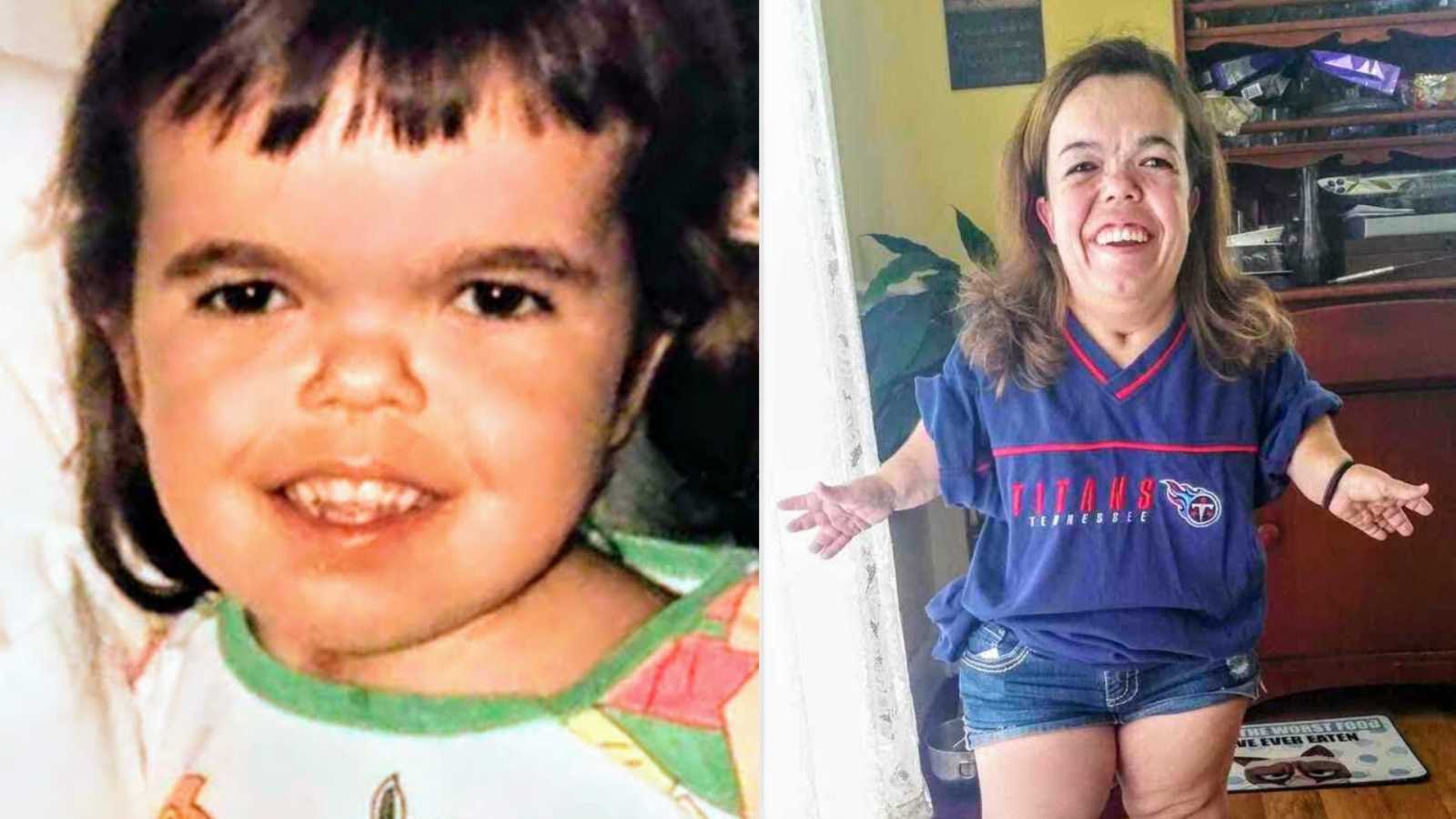“When parents are expecting a baby, most of them say, ‘All we want is a happy, healthy baby.’ Period. That’s the typical expectations of any pregnancy. At 37 weeks pregnant during her routine ultrasound, my mom found out I had a large head with short arms and legs. It showed no other concerns to the doctors. Dwarfism was never mentioned, and it doesn’t typically show up in an amniocentesis unless you are expecting it. There was no history of dwarfism in the family, so why would one think to test for that?
The day I was born, I think my parents had different visions of what I would come out looking like and worried about what my future held. Once they were able to see me, they saw a beautiful healthy baby girl. Born 8 pounds, 6 ounces, 17 and a half inches tall, I weighed more than my average-size brother did at birth.

After a few weeks of having me home, doctor’s appointments started building up. First was the genetics test to see what I had. They knew at this point it was dwarfism, but they needed to test for what form and if there was a history of it. After several weeks of waiting, they found out I did have the most common form of dwarfism, which is achondroplasia. Achondroplasia can come with a series of medical issues. I seemed to have almost every single one of them by the time I was under 5 years old.
My parents attended their first Little People of America Conference with me when I was a year and a half old. When you attend those conferences, you have the chance to see doctors that specialize in dwarfism. It’s a wonderful resource for the ones that do not have access to doctors in their area. What was so unfortunate and scary for my parents was when I was seen in Baltimore (the home of Johns Hopkins Hospital), I was escorted by ambulance from the hotel to the hospital to have emergency brain-stem decompression surgery.
It was beyond shocking I was still alive. The doctors in Atlanta my parents were seeing didn’t see there was something clearly wrong. The brainstem decompression surgery was performed by Dr. Ben Carson, a world-renowned neurosurgeon. He literally saved my life at that very moment. After that surgery came about eight major surgeries that pertained to the achondroplasia, but in adulthood, I’ve been lucky. I just stay on top of the routine check-ups.
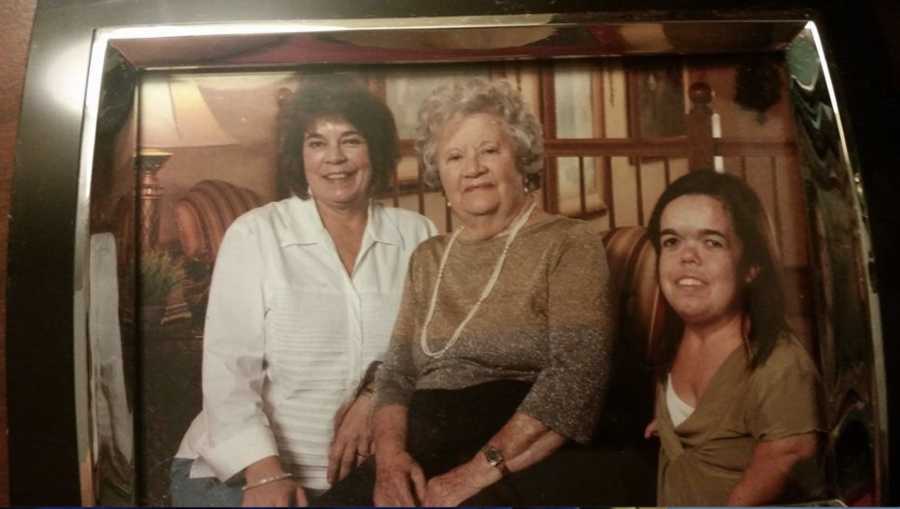
My parents raised me just like my average size brothers. I went to school, attended college, and moved out on my own independently, actually out of state. They never taught me I couldn’t do anything, but they knew other people’s ignorance towards me would be the most difficult to deal with. I already live in a world that thinks I can’t do much, just by looking at me. I am constantly doing things 100 percent harder than the average person because if I do it less than 100 percent, doubt from others will come out quickly. I go to work daily, clean, cook, do laundry–you know, all the everyday adulting things. It can be extra exhausting, but it has to happen. I make sure, at the end of the day, to never doubt my self, no matter how bad of a day I had. If you have any doubts about your self-pride, others will read it. My dad used to chant this saying to me all the time as a kid. I used to find it so annoying then but now as an adult, it is so fitting. ‘Stand up, stand up, stand up for your rights!’
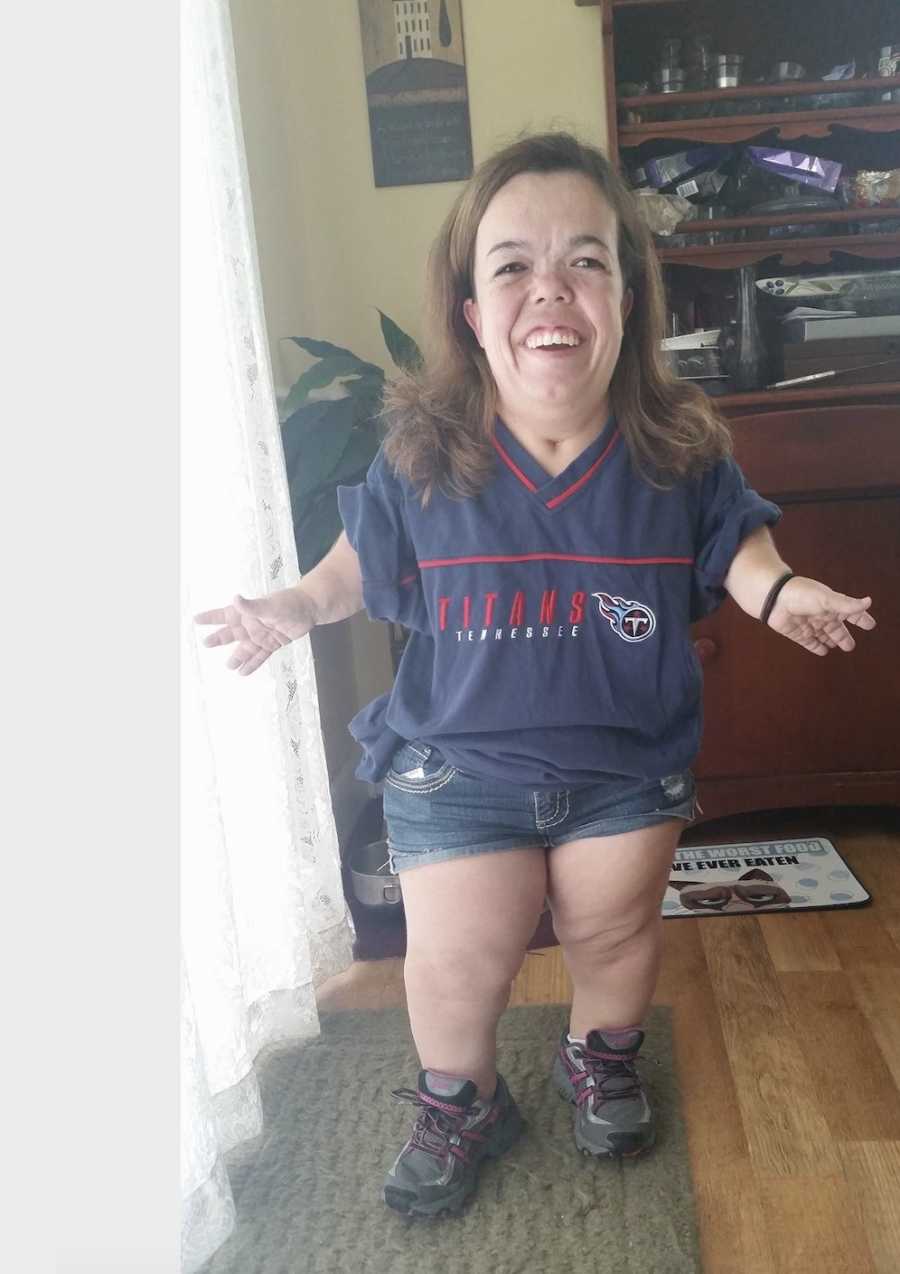
When I wake up every morning, I do not remind myself that I have dwarfism. I do not even look in the mirror and see dwarfism. I know once I step outside the door into the world, somebody will remind me. Whether it be at the grocery store or walking around the mall, somebody will make it apparent to me. The most common way is staring. I am the height of your typical 5-year-old, but I am an adult functioning just like any average adult. Staring can be a form of curiosity but there is curiosity and then rudeness. You can cross that line quickly.
I’ve been very lucky to only have one horrible encounter of harassment due to my height and that was when I was working retail. I was working at a self-check-out register, which meant I sometimes dealt with four customers at a time. I had a mother with multiple children come up to me and ask me where the mops were in the store. Once the kids saw me, they blurted out, ‘Omg, look at IT. It’s a midget.’ Being called ‘IT’ for the first time was mind-boggling, as if I was just a thing. Midget is a very offensive term to most people in the dwarfism community. I kept my calm and told them where they needed to go to find the mops, thinking I was done with them.
About ten minutes later, the children came back with their cell phones in hand. I could tell they were recording me. The mother was ready to check out and I had told my manager I refused to serve them as my customers. She handled the mother, but the children stayed glued to me as I was expected to still work self-checkout and try to stay calm. They kept laughing and recording, loudly yelling offensive terms to me. They finally left but I was traumatized for a while. To this day, when I see folks grab their phones and their cameras and start pointing, I just think of that horrible moment. My peers with dwarfism have worse stories to share, so really this can be a mild form of harassment. I always say respect isn’t that hard to teach and start young. It’s a simple thing.
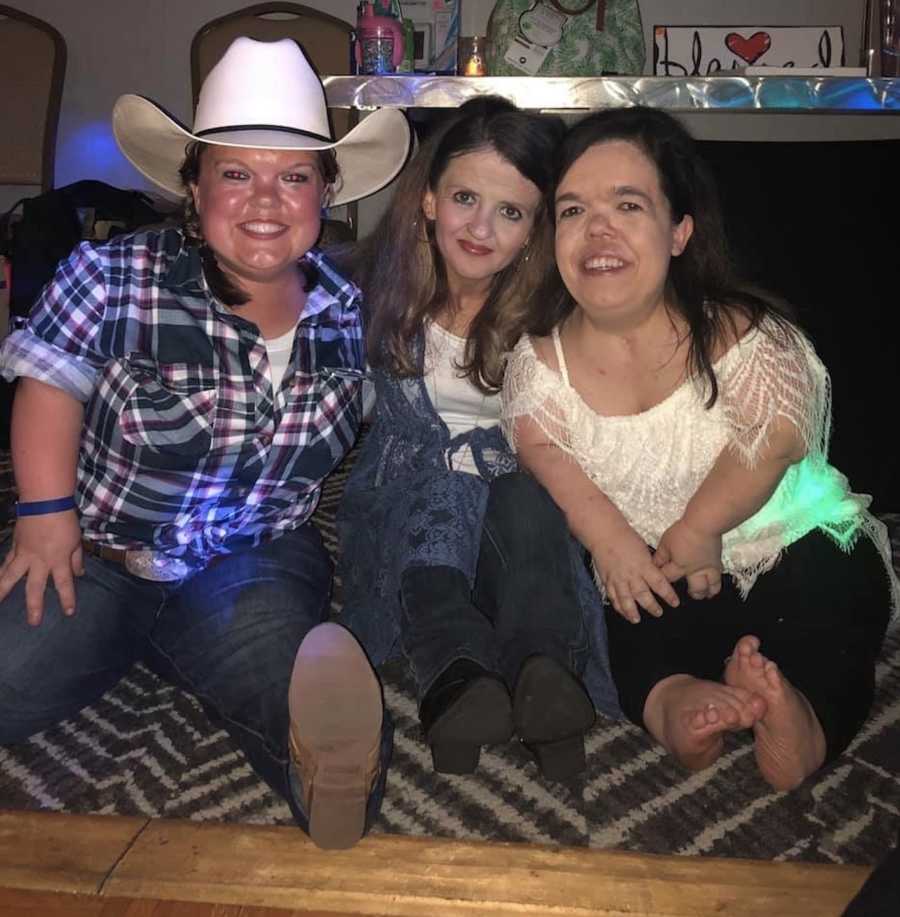
For the past 10 to 15 years especially, I think the understanding of dwarfism has been made readily available, thanks to the internet, documentaries, and reality shows networks have been filming. It has helped tremendously because the shows show you how we live our lives. Now I just wish those shows can come with the warning that not all little people are the same and we do not all know each other. That might be asking too much but those assumptions are completely wrong, and common.
As a child, my parents always made it a priority to share dwarfism awareness, whether it be at all the schools I attended. Now I do it at my workplace every October, which is Dwarfism Awareness Month. I do not do it for the ones that see me every single day. They have enough awareness. But I try to make them willing to share the facts so you can touch one additional person in the world. At the end of the day, I would like to remember who I am, not what I look like. Other minorities face similar challenges. We are not the same person.
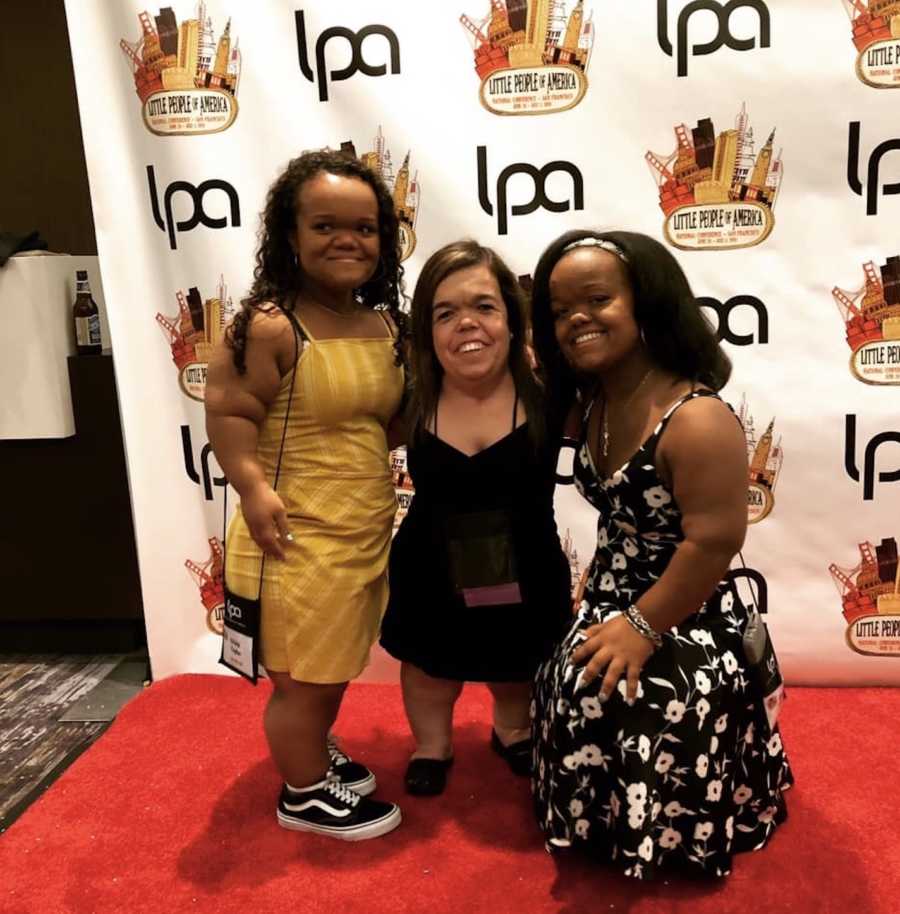
A common question is, ‘What do you want to be called? Dwarf, LP, little person, midget?’ I would like to be called Amy because that’s my name.”
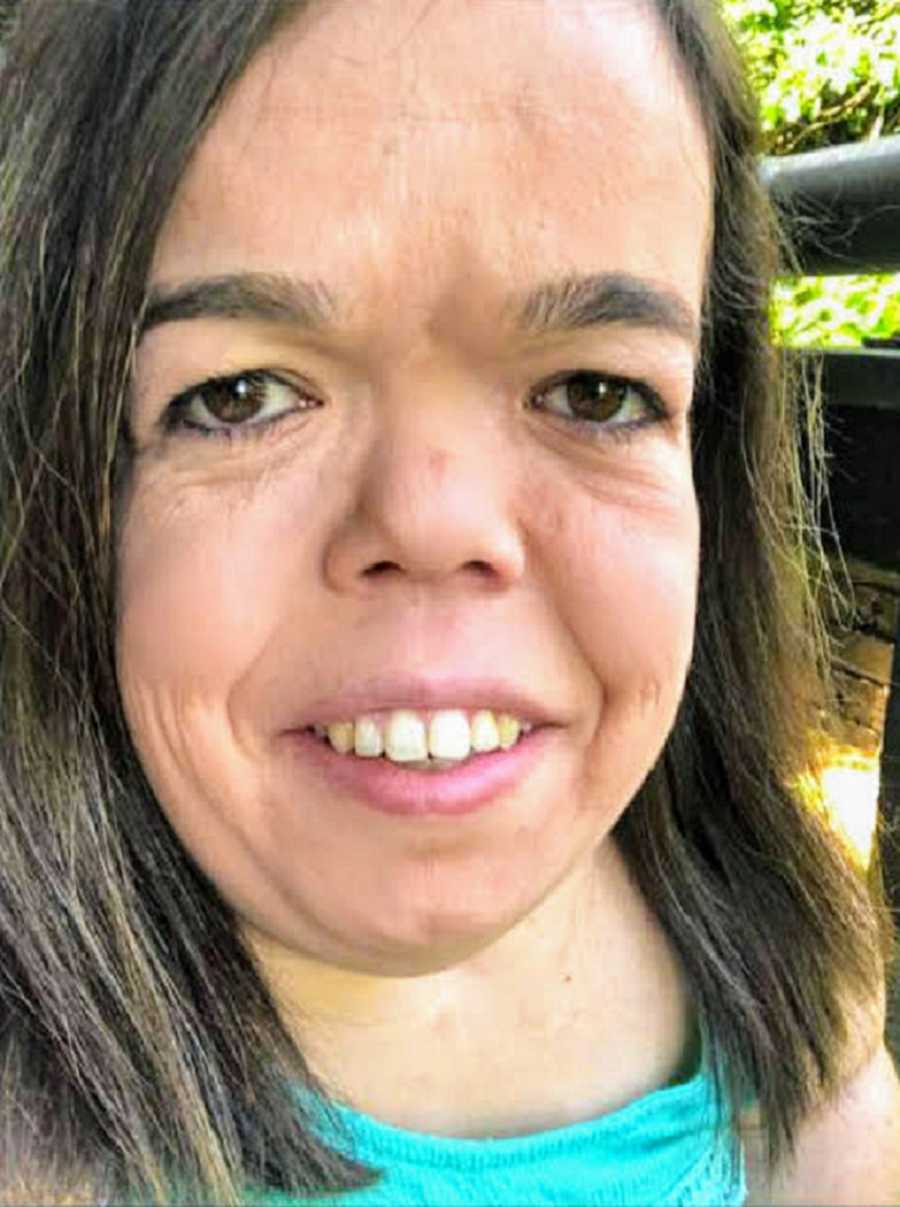
This story was submitted to Love What Matters by Amy Miele of Nashville, Tennessee. You can follow her journey on Facebook and Instagram. Submit your own story here and be sure to subscribe to our free email newsletter for our best stories.
Read more powerful stories like this:
Provide beauty and strength for others. SHARE this story on Facebook with family and friends.

